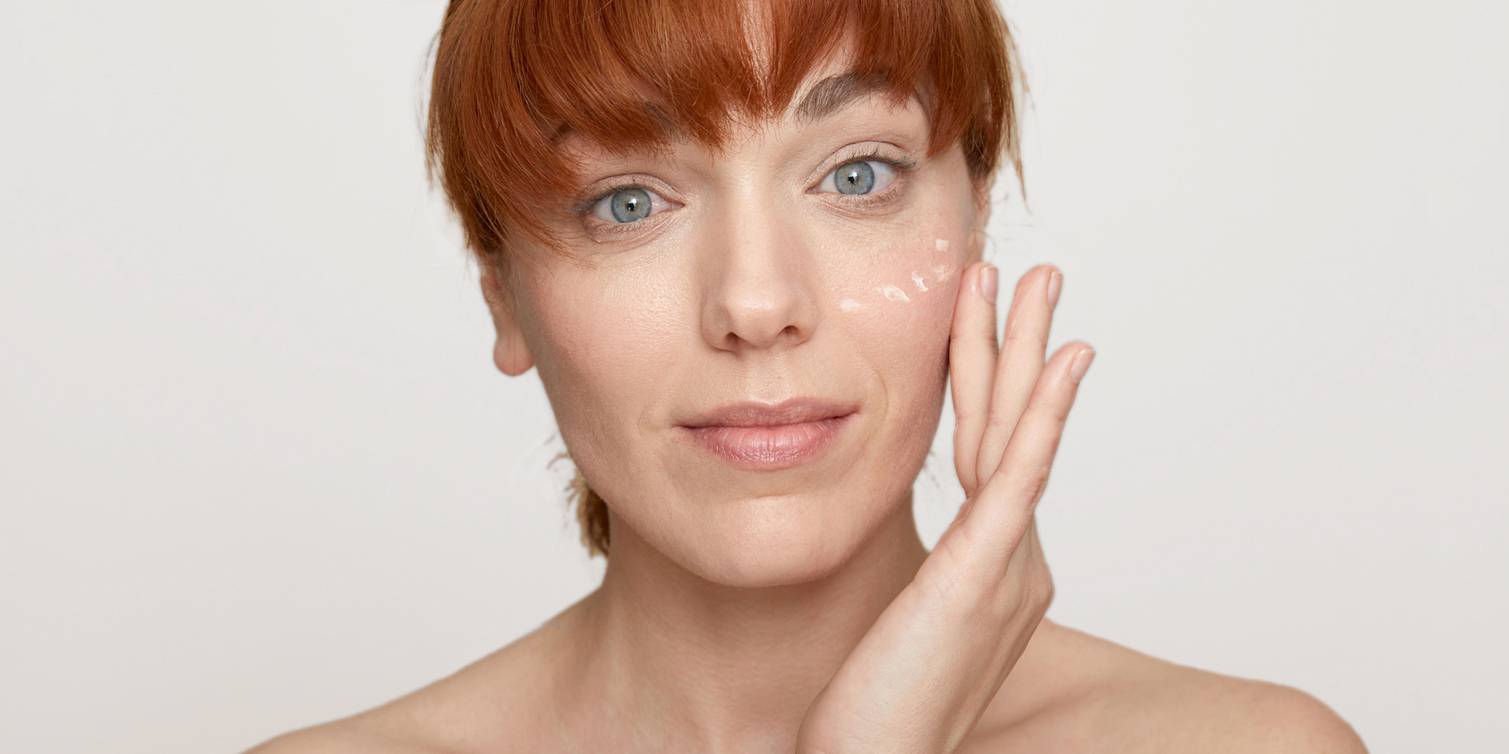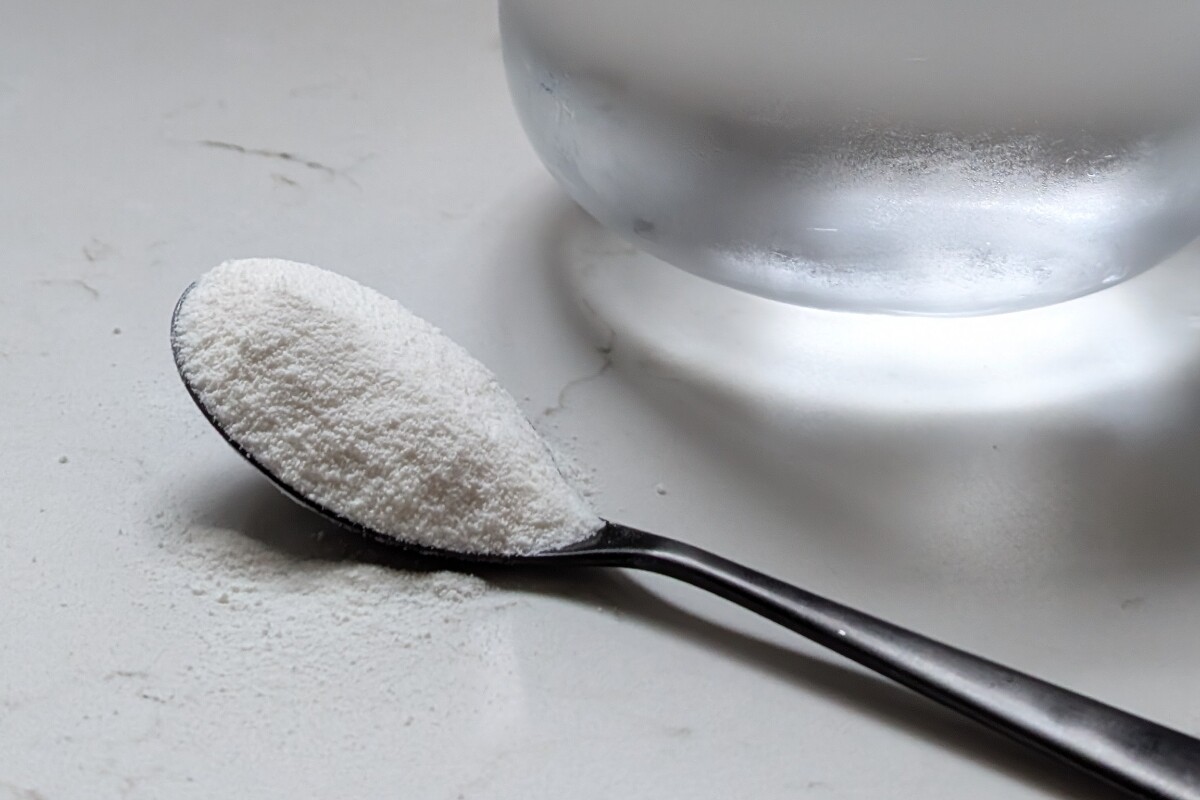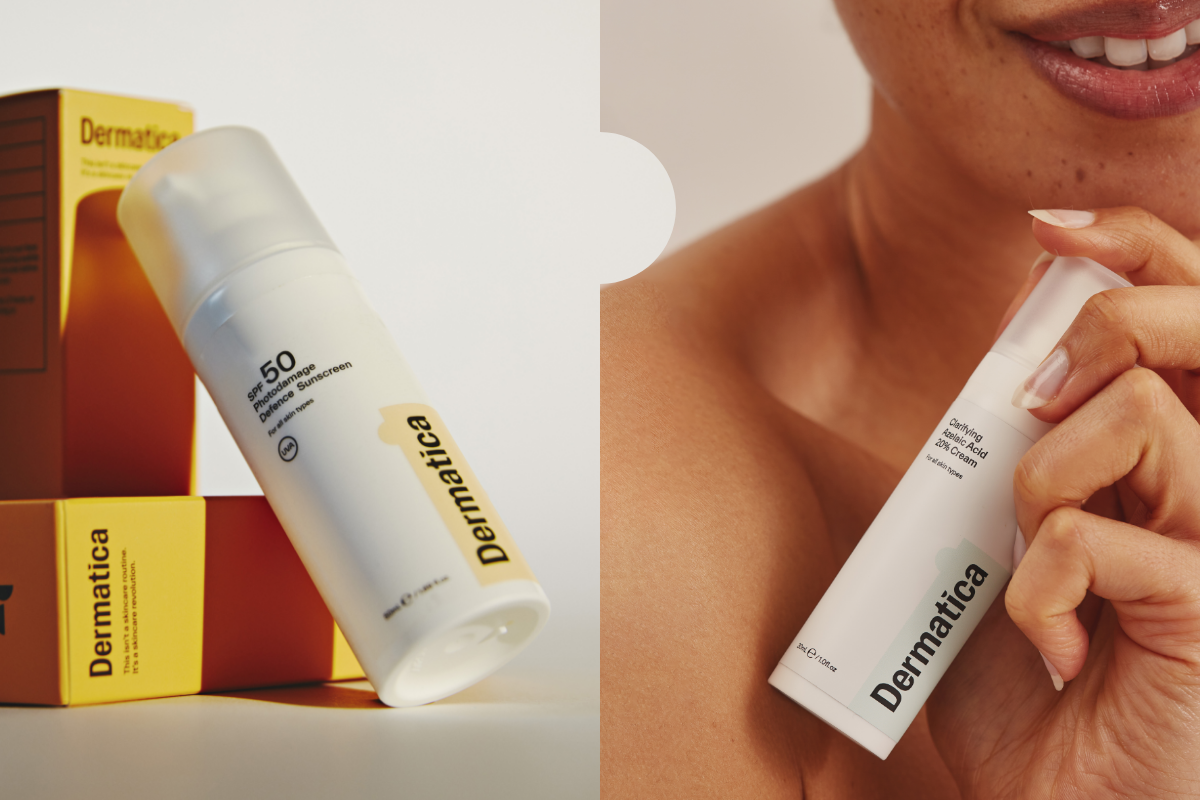You’ve probably heard of the benefits of tretinoin, one of the most powerful forms of Vitamin A.
If you aren’t sure how and where to apply tretinoin, read on. We’re here to help.
What is Tretinoin?
Tretinoin is part of a group of Vitamin A derivatives called retinoids. It’s more effective than the majority of anti-ageing moisturisers you’ll find in store because it’s up to 20x more potent than retinol used in generic skincare.
Due to its strength, tretinoin is only available as a prescription medication and must be personalised to your skin by a licensed dermatology professional.
What Does Tretinoin Do?
In skincare, tretinoin is used to treat a variety of skin concerns, from acne and dark spots to signs of skin ageing like fine lines, age spots and melasma. Tretinoin is considered one of the best anti-ageing creams available – as it boosts collagen production in the skin.
Not only does tretinoin have a plumping effect on ageing skin, it also speeds up healthy cell turnover to even out dark spots, reduce acne and smooth out roughness. When used consistently, tretinoin can increase skin cell turnover and exfoliate dead skin cells, resulting in an even, glowing complexion in as little as 8–12 weeks of treatment.
How To Apply Tretinoin
The Importance Of Proper Application
Tretinoin is a prescription retinoid and should only ever be prescribed by a licensed dermatology professional. Although it’s safe to use and tolerated by the majority of people, this product is stronger than generic, over-the-counter retinol. Applying too much, or at the wrong time of day, could cause skin irritation, damage your skin barrier or exacerbate adverse effects.
Step-by-Step Guide For Applying Tretinoin
– Stick to a simple skincare routine with gentle, fragrance-free products until your skin has adjusted to the effects of tretinoin.
– Wash your face with warm water and a gentle cleanser. Next, pat it dry with a clean towel.
– Apply a pea-sized amount of tretinoin on your face, avoiding your eyes and mouth (more about this later).
– Once it has fully absorbed into your skin, you can follow up with a layer of moisturiser.
Tips For Applying Tretinoin
Avoid harsh products
Skincare products with salicylic acid and glycolic acid can cause skin irritation or damage your skin barrier in the first few weeks. You can reintroduce these active ingredients once you notice your skin is tolerating tretinoin well and you’re no longer experiencing side effects.
Never skip sunscreen
Retinoids, also known as retinoic acid, can make your skin barrier more sensitive to light. You may burn faster, or undo some of the skin benefits your treatment provides.
Sun exposure without sunscreen also increases your risk of skin cancer, photoaged and sun-damaged skin. Wear protective clothing and sunscreen with at least SPF 30+. Reapply every two hours if you’re under direct sunlight.
Where To Apply Tretinoin
Cheeks
Tretinoin is completely safe to apply on your cheeks and helps smooth skin texture. It’s also effective if your skin goals include tackling uneven skin tone, like sun spots, hyperpigmentation and melasma.
(Careful Around The) Eyes
How close can you apply tretinoin to your eyes? That’s a popular question, particularly if your skin goals are to reduce visible signs of ageing like fine lines, crow’s feet and coarse wrinkles. The good news is that you can take advantage of tretinoin’s treatment of skin ageing around your eyes. As long as you’re careful.
Imagine the width of your fingernail – that’s roughly 1 cm across for most people. Our dermatology experts suggest leaving a space about the width of your fingernail between the area where you’ve applied the tretinoin and your lower eyelid. This gap helps prevent irritation to the delicate skin around your eyes. So, when you’re gently rubbing in the treatment, keep that fingernail-width buffer in mind, and you’ll be good to go.
T-zone
Tretinoin is safe to use in the T-Zone. The T-Zone includes your forehead, nose and chin. Tretinoin is often used to treat a range of skin concerns in this area, which includes your forehead and chin. Tretinoin stimulates collagen production in the T-Zone to plump the appearance of fine lines.
The T-Zone is also a common area for acne. Thanks to its cell-regenerating and exfoliating abilities, tretinoin is often combined with benzoyl peroxide to treat and prevent moderate to severe acne.
Body Areas To Avoid
Nose
To reduce the risk of irritation, we recommend that you avoid tretinoin treatments around your nostrils. Most skin goals don’t require you to use it here, and it may lead to additional side effects like purging.
Lips
Another no-go. The skin on your lips is very delicate, so applying topical retinoids could be irritating. The skin concerns that tretinoin treats rarely affect the lips directly, and its collagen-boosting abilities won’t smooth the appearance of wrinkles or crepey skin in the same way that specialised lip-plumping products do.
If you’re using tretinoin on melasma around the top lip, be careful — buffer your lips with an occlusive balm like petroleum jelly first, and wash the area with a mild cleanser if there’s any transfer.
Neck, chest and body
It can be tempting to use your retinoid treatment to boost collagen production on your neck, chest or body, but you should only do this if you’re told it’s okay by a dermatology expert. The sensitive skin here is different from your facial skin, so it’s easier to experience skin irritation.
Precautions and Considerations
Even if you stick to our guide, it’s still possible that you’ll experience skin irritation and side effects when you start tretinoin. Depending on your skin type, some people experience side effects – others don’t experience any at all.
Potential Irritation and Sensitivity
Common early side effects of the so-called ‘tretinoin purge’ include: redness, skin dryness, skin peeling, skin irritation and mild burning sensations.
Don’t worry — skin purging is a normal side effect for many people, and it should clear up on its own. No matter how minor they are, though, side effects can be frustrating. To ease them, we’d recommend:
– Introducing tretinoin gradually. Try every other night at first until your skin gets used to it.
– Make sure you apply it on clean, dry skin. Don’t apply it to wet skin or damp skin.
– Use mild skincare products that are free from fragrance and suitable for sensitive skin, like the Dermatica skincare essentials range.
– Apply a light layer of moisturiser before your treatment, to act as a buffer.
For more tips on treating the tretinoin purge, or irritation from retinoids generally, read our blog post. If these problems persist for longer than 2-3 weeks, speak to your GP or dermatologist for more advice.
When To Reach Out For Help
Because of its strength, you must not apply prescription retinoid products like tretinoin while you’re pregnant or breastfeeding.
If you’re interested in seeing what retinoids can do for your skin, our dermatology team at Dermatica can help. Complete a consultation and tell us your skin concerns, and see which formula is best suited for you to achieve your healthiest skin.
Already a subscriber? If you have questions about tretinoin, or your personalised formula more generally, you can reach out to a dermatology expert from your dashboard at any time. Remember, as part of your treatment plan, you have free unlimited check-ins. So go ahead, ask us anything you’re curious about.
References
1. Yoham AL, Casadesus D. Tretinoin [Internet]. PubMed. Treasure Island (FL): StatPearls Publishing; 2021. Available from: https://www.ncbi.nlm.nih.gov/books/NBK557478/
2. Sitohang IBS, Makes WI, Sandora N, Suryanegara J. Topical tretinoin for treating photoaging: A systematic review of randomized controlled trials. International Journal of Women’s Dermatology. 2022 Mar;8(1):e003.
3. Yoham AL, Casadesus D. Tretinoin [Internet]. PubMed. Treasure Island (FL): StatPearls Publishing; 2021. Available from: https://www.ncbi.nlm.nih.gov/books/NBK557478/
4. Ibid.
5. Schmidt N, Gans EH. Tretinoin: A Review of Its Anti-inflammatory Properties in the Treatment of Acne. The Journal of Clinical and Aesthetic Dermatology [Internet]. 2011 Nov 1;4(11):22–9. Available from: https://www.ncbi.nlm.nih.gov/pmc/articles/PMC3225141/
Dr Lynn Sydor
Dr. Lynn Sydor is a board-certified dermatologist with 30 years of experience in the field. Dr. Sydor is a member of the American Academy of Dermatology, the California Society of Dermatology and Dermatologic Surgery, the Pacific Dermatologic Association, and the California Medical Association.
Related Posts
October 1, 2024
0 Comments12 Minutes





